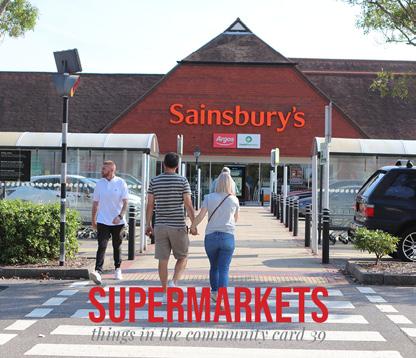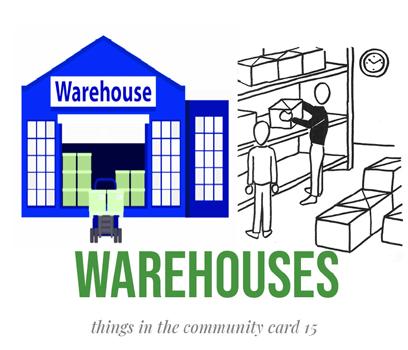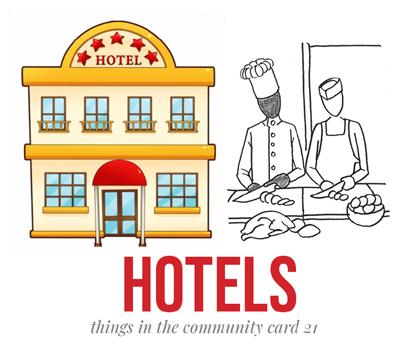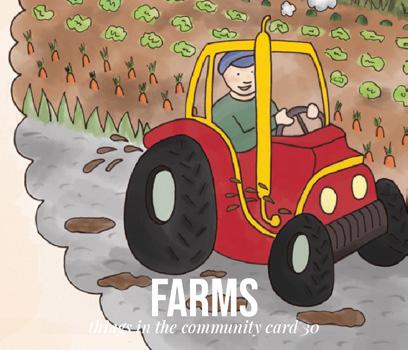PASSPORT
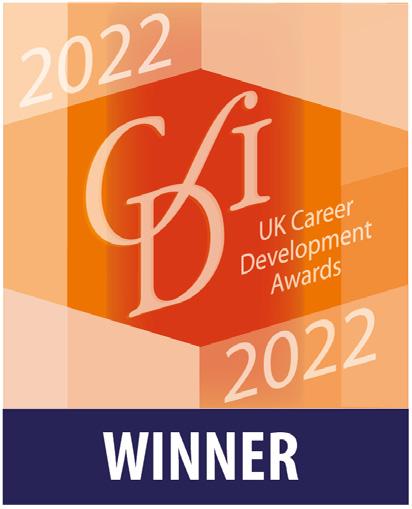




Aligned with the Gatsby Benchmarks and the CDI learning outcomes.
My Employment Passport has been created by Richard Lamplough based on his 30 years’ experience supporting young people with additional needs into paid work. Over the years, Richard’s work has been funded by a number of different organisations including local authorities, the DWP and the Careers and Enterprise Company.
The Diamond Offer has two versions: Diamond and Diamond PLUS.
Diamond has no printed resources supplied with it, apart from a set of posters. Facilitators need to print off Activity Sheets for each student for each session. These are usually four sides of A4. Diamond PLUS has all the printed resources shown in this flipbook, including the bespoke A4 ring-binder and inserts. The only thing facilitators need to print off are the session plans.
At the heart of both versions are 30 videos, average length fifteen minutes, many of which feature people with additional needs in paid employment. These not only inspire your young people to help them believe they can get paid employment, they also show them the practical pathways to the all-important job interview.
Many organisations run the programme over a full year, but not necessarily an academic year. There are schools, for example, who start it with their year-10 students in the summer term with the introductory sessions (one session a week), and move into the main part of the programme when they’re year-11 students in September.
Both versions of the Diamond Offer are designed for young people from level 1 to 3, often living with autistic spectrum conditions and sometimes with co-existing support needs around ADHD and/or mild learning disabilities, and/or mental health issues. They will often be at mainstream schools and colleges and some will be at specialist provisions. Some might find any type of formal educational too challenging at be at home. The typical Diamond user will have reasonable internet skills and be able to use job-search websites.
Both versions of the Diamond Offer are ideal for students from year 10 to year 14. People in their twenties and thirties in day service settings can thrive too; Michelle for example, who got a paid job having attended an early version of the course.



Whilst not typical, some schools run the intiative for their younger pupils. There is a school in Essex, for example, who break up the usual 60-minute sessions into short 20-minute tasters for their year-7 and year-8 students.
On purchasing either version of the Diamond Offer, facilitators are sent an email with the first ten session plans and video links. They receive resources for sessions eleven to thirty further down the line. We advise facilitators to print off the session plan in advance of the session itself and have a quick read through to prepare themselves. There’s no need to watch the video in advance of the session, but experience has shown some facilitators find this useful for the first couple of modules, until they are totally used to the format.
Page 1 of the session plan gives you an introduction and the learning outcomes. Page 2 of the session plan gives you two timelines and information about resources you need.
To show you an example, here are the timelines for session 3.
Suggested timeline for a 60-minute session
video length: 16’22 End of Part 1: 3’47 End of Part 2: 5’45
Suggested timeline for an 80-minute session
Page 3 of the session plan gives you a summary of the video.
The remaining pages of the session plan give you instructions how to run the session itself. After the initial warm up, what we call the Hello section, you play the first part of the video until a pause point, made clear by a graphic in your session plan, and a small clock logo appearing on the video itself, about twenty seconds before you need to pause it.
Once you’ve paused the video, your young people carry out a few structured activities as outlined in your session plan. These build on the value of conversations and reading and writing is kept to a minimum. Whereas young people using the Gold offers often look at the WHAT, young people using the Diamond offers explore the HOW and the WHY.
Here are some of their activities from Session 4 (blue text).
Whilst the posters are made available as part of the course, Richard also uses them as what’s called a standalone product. He sells them to schools, colleges and other organisations who might not be using the whole My Employment Passport programme. Why?
Many young people, especially creative young people, turn their talents into small business ventures that they run at weekends from home. Sometimes, they combine the main activity with a YouTube channel that helps create interest and, occasionally, generates an income of its own.



Dina Asher-Smith inspires many young people.

How can a YouTube channel generate its own income?
Does a YouTube channel require start-up costs? If it does, for what?
Whilst the activities suggested in the session plans should work well, don’t hesitate to go your own way depending on the abilities and support needs of your young people, and the atmosphere within the group. One advantage of having the various pause points throughout the videos is that you can change the structure a little if you need to. So, for example, on the timeline opposite for the sixty-minute session, if the activities after the second pause point are going so well, you don’t want to limit them to thirteen minutes, you could extend this section to fill the rest of the session. Subsequently, all you need to do before the next module, session 4, is find a twenty-minute window to complete session 3.
Finally, some session plans have, what we call Context Boxes within them.
The information contained in the Context Boxes (always with a light yellow background) whilst having direct relevance to the session in question, don’t relate to specific advice as to how to run the session itself. The content, which Richard Lamplough believes you will find useful, draws on his thirty years of experience within the sector.
Some of the titles here will mean little to you, but the rest give you a good overall picture of the My Employment Passport course and approach.
1) David’s Story. 2) Peter’s Story. 3) Paid Job Foundation Blocks. 4) Raising Aspirations. 5) Sounds Fantastic. 6) Katie’s Story. 7) A Stable Career Programme. 8) Alice and her Community. 9) Finding Out where there are Jobs. 10) Local Labour Market Information. 11) What Have We Learned So Far? 12) Recording Our Achievements. 13) An Introduction to the CV. 14) Making a Video CV. 15) Different Types of Jobs. 16) Richard’s First Paid Jobs.
17) More About Skills. 18) Skills, Qualities and Francis. 19) Making the Most out of Life’s Big Changes. 20) Chunking Things Down. 21) Building a Work Ethic. 22) Edward’s Story, part one.
23) Edward’s Story, part two. 24) The Importance of Information Technology, part one.
25) The Importance of Information Technology, part two. 26) The Best First Paid Job For Me.
27) Learning New Information and Following Instructions. 28) Moving On, part one.
29) Moving On, part two. 30) Moving On, part three.
The Diamond Programme is offered at £220 a year for as many students as you want to take part. For each session you are supplied, via email, with a video link, a session plan and an Activity Sheet for your young people, usually four sides of A4. You print off the number you need depending on how many young people there are in your group. You are also supplied with one set of A3 posters, shown below, that are posted to you. These form an essential part of the course.
The Diamond PLUS Programme is offered at:
£100 per young person for a group of six or lower.
£92 per young person for seven to fourteen participants.
£85 per young person for fifteen to twenty-four participants.
£75 per young person for twenty-five and above.
The only thing facilitators need to print off are session plans which are emailed to you along with the video links. Everything else is sent by post. Most resources (Explanation Cards, Job Cards etc.) are supplied for your young people in duplicate, meaning one set can stay at your organisation and one set can be taken home with them. As the first Gatsby benchmark says: A Stable Career programme should be regularly evaluated, with feedback from learners, parents, school/college staff and employers as part of the evaluation process. My Employment Passport goes one step further: it’s a programme that can be used by parents either at home, or within community support groups with those young people who might be excluded from school.
This set of posters are supplied to all organisations whether they buy the Gold Programme or the Gold Plus Prorgramme




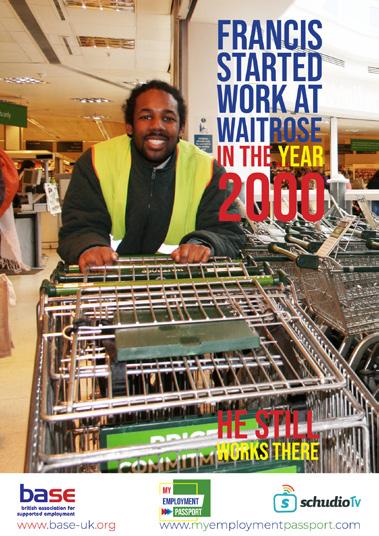
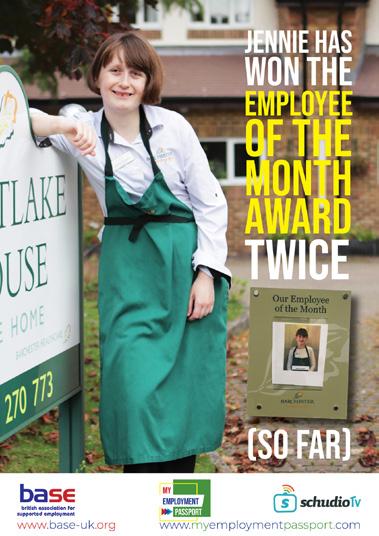
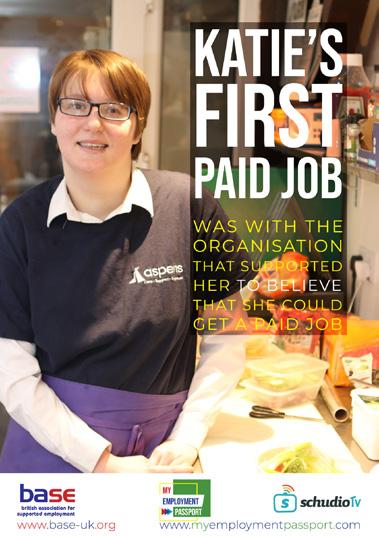







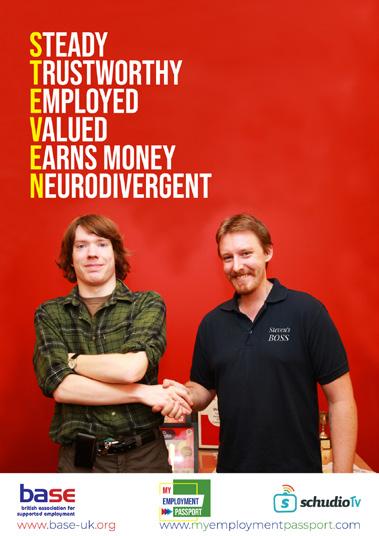
All other printed resources only come with the Gold PLUS Programme:
1 bespoke ring-binder per young person plus inserts for all thirty sessions.





A ring-binder is very useful for various reasons. Whilst smartphones are used by many people to store information, many other people, as an additional method, like to print things, hole punch them, and put them in a ring-binder. For example, when young people go to career fairs, they often return to school or college with printed information from employers.
the printed resources that are explained over the next three pages are used in harmony with what’s in the workbooks.
The Small Cards (twelve in the set, four sets per young person).




these five Types of Job Cards,
The Small Cards consist of these six Skills Cards, and this Support Card







The idea of the Support Card is that, using the dotted line, your young people can write no, a little, some, or lots of

The Explanation Cards (sixty-five in the set, two sets per young person).


The Explanation Cards contain a broad range of topics. Most are qualities or skills, but some are neither of these things, but have particular relevance for young people moving from education to employment, for example, Challenging ourselves to try new things, or An explanation of what a career means
On the front of each card is the topic title and the relevant Skillsbuilder logos. On the back is the explanation. The language will be accessible to all young people from level 1 to 3.
Here are the titles of the Explanation Cards
1. Being willing 2. Being on time or punctual 3. Being reliable 4. Being able to keep going even if a task gets boring 5. Being enthusiastic 6. Being trustworthy 7. Being hard-working
8. Showing initiative or taking the initiative 9. Being conscientious 10. Being adaptable or flexible 11. Being committed to doing something 12. Being a good team player 13. Being personable 14. Being dexterous 15. Being good at face-to-face communication 16. Being thoughtful 17. Being chatty 18. Being loyal 19. Being able to work well unsupervised 20. Being responsible 21. Staying focused
22. Being keen on doing something 23. Prefers solo work rather than teamwork 24. Being full of vitality
25. Being proud 26. Being approachable 27. Having good attention to detail 28. Being organised or methodical
Being polite 30. Being quiet

31. Being kind
32. Being supportive or encouraging 33. Being determined 34. Being a good multitasker 35. Having a good memory 36. Being dependable
37. Being resourceful
38. Having an outgoing personality
39. Having employment potential
40. Being helpful
41. Being observant
42. Being steady 43. Being valued 44. Being neurodivergent
45. Having physical stamina
46. Being honest or truthful
47. Being passionate about something 48. Being confident 49. Remaining calm
50. Being optimistic
51. Being energetic
52. Being physically fit 53. Being able to work in a fast-paced environment
54. Responding positively to feedback
55. Being creative
56. Being imaginative
57. Being practical
58. Having fast reactions
59. Being unique
60. Being curious
61. Being a good listener
62. Staying positive
63. Challenging ourselves to try new things
64. An explanation of what a career means.
65. The value of having a Key Supporter
The Job Cards (sixty-five in the set, two sets per young person).


The Job Cards contain a broad range of jobs. Your young people will be familiar with many of these and have little or no knowledge of a few of them. Some jobs My Employment Passport identify as dream jobs, and some as possible first paid jobs. Many are simply best described as jobs.
On the front of each card, there’s a picture of the job, a skills bar-chart and the type of job it is. Both these correspond with the Skills Cards and the Types of Job Cards shown above.
On the back there’s a quality or skill that’s useful for the job, and two Skillsbuilder logos.
where I am working for most of the day by myself, only speaking to people from time to time, usually on the phone.


The Things in the Community Cards (fifty in the set, two sets per young person).

Community is at the heart of the My Employment Passport approach. There’s a very good chance for the members of your group who move on to paid employment future, their jobs will be within their local communities. Whilst they’re at school, college or day services, the more you can encourage them to think about what organisations exist in their communities, the more they can explore what jobs might be available at these. Below are ten of the cards.

